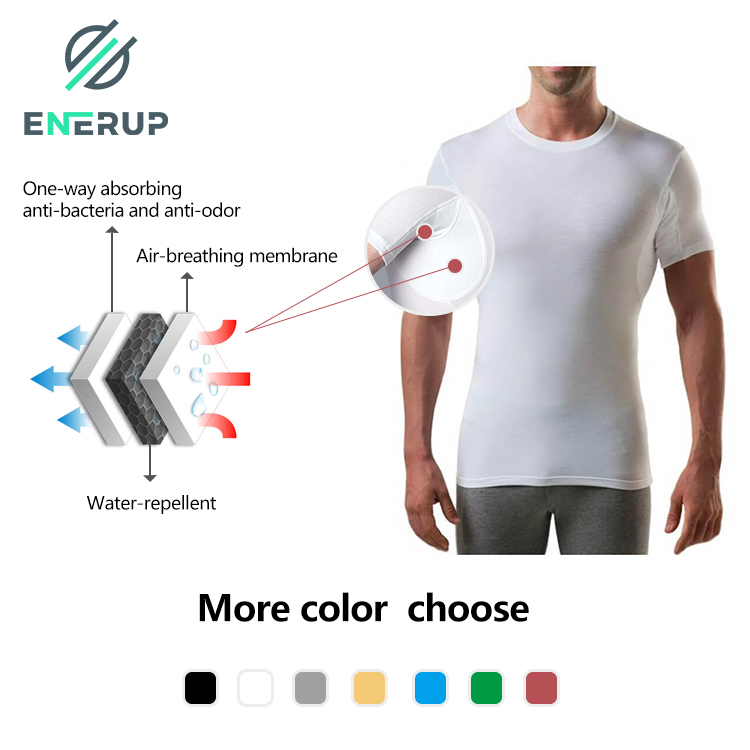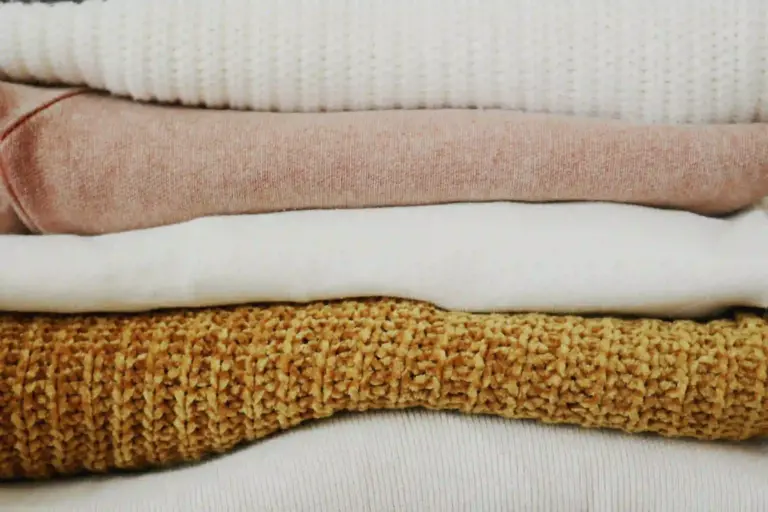When it comes to sportswear, quality is an indispensable factor. Quality sportswear not only provides comfort and breathability, but also long-lasting durability, effective protection and support, and features that improve athletic performance. In our daily lives, we may overlook the importance of the quality of sportswear for the sports experience. However, quality sportswear not only improves comfort but also helps us perform better in sports and provides extra protection and support. Therefore, understanding the importance of quality for sportswear helps us make more informed decisions when choosing and buying sportswear.
In the following content, we’ll take a closer look at the impact of quality on all aspects of sportswear. Through these discussions, we hope that readers will pay more attention to the importance of quality when choosing sportswear, so as to choose high-quality sportswear that is more suitable for them.
Comfort and breathability
When choosing sportswear, comfort and breathability are two crucial factors. High-quality sportswear often features high-tech fabrics such as breathable woven mesh materials or moisture-wicking quick-drying fibers that have excellent moisture absorption and moisture wicking properties that quickly move sweat away from the skin’s surface and evaporate quickly to keep the body dry. In addition, quality sportswear offers comfort and breathability through a variety of design and technology. They are ergonomically designed to ensure a good fit and flexibility with the garment, reducing unnecessary restraint and providing a greater range of motion. In addition, high-quality sportswear is designed with special ventilation, such as air vents, mesh fabrics, and breathable membranes, to promote air circulation and increase breathability. Some sportswear also uses innovative fiber technologies, such as moisture-wicking fibers and odor-resistant fibers, to further enhance breathability and users’ wearing experience.
Comfort also has an important impact on athletic performance. Wearing comfortable sportswear allows people to focus more on the workout without being distracted by discomfort or clothing constraints. High-quality sportswear reduces friction and wear and tear and avoids unnecessary discomfort while providing good support and stability. In this way, people are more comfortable exercising, showing better fitness and skill, which in turn improves their athletic performance. Therefore, when buying sportswear, you should pay attention to the quality factor and choose those that can provide excellent comfort and breathability.
Long-lasting durability
In addition to comfort and breathability, sportswear should also be durable. High-quality sportswear usually uses high-quality fabrics and sewing of reinforcing parts, resulting in a long service life. These materials are generally abrasion-resistant, tear-resistant, and stain-resistant, can withstand repeated washing and wear, and are not prone to fading and deformation. High-quality sportswear offers long-lasting durability through a variety of designs and techniques. First of all, they use high-quality fabrics such as nylon, polyester, etc., which are not only waterproof, windproof, and UV resistant, but also resistant to abrasion and tearing. Secondly, high-quality sportswear uses special stitching processes, such as double needlework, cloth tape reinforcement, special interfaces, etc., to improve the tensile strength and durability of the garment. In addition, some special washing processes are also widely used. These technologies make sportswear less susceptible to fading and deformation, resulting in a longer lifespan.
Long-lasting durability is also important for the environment. As consumer concerns about sustainability are increasing, buying long-lasting sportswear has become an eco-friendly option. On the one hand, long-lasting sportswear can reduce the environmental impact by reducing the renewal rate of garments and reducing the generation of waste, and on the other hand, high-quality sportswear often uses environmentally friendly materials and processes, such as recycled fibers, organic cotton, etc., which can also reduce resource waste and pollution.
Protection and support
During exercise, the body is susceptible to various external injuries such as friction, impact, tripping, etc. Sportswear should be able to cushion and protect and reduce the risk of injury. For example, some sweatpants and long-sleeved sweatshirts include pads or patches in key areas to reduce the impact of falls on the knees and elbows and prevent chafing and abrasions. We can do a variety of sports activities safely and confidently.
In addition to protection, sportswear should also have a supportive function to help the athlete maintain proper posture and stability. Strenuous exercise and high-frequency activities in sports, such as jumping, turning, etc., place a greater load on muscles and joints. High-quality sportswear features special support designs such as elastic straps, skinny cuts, zippers, etc., which provide moderate pressure and stability, reducing the risk of muscle vibration and joint torsion. In this way, athletes are able to better control their bodies during exercise, reduce fatigue and improve exercise results.
Many types of motion require specific support designs to meet different needs. For example, basketball players often need to perform movements such as jumps and emergency stops, and they need to wear professional sports socks and tight-fitting sportswear with good elasticity and support to reduce the risk of injury to the ankles and knees. Outdoor cross-country athletes, on the other hand, need to wear sportswear with good cushioning and warmth properties to reduce damage to the joints and provide excellent protection against the cold.
Improvement in athletic performance
In sports, sports apparel can further improve performance through a number of specific designs and details. First, elasticity and flexibility characterize quality sportswear. They enable athletes to perform various movements more freely, improving the fluidity and effectiveness of movement. Proper elasticity and flexibility can reduce unnecessary resistance and energy loss, and improve the efficiency and speed of movement.
Next, weight and burden are also a consideration. Excessively heavy or loose apparel will increase the burden on the athlete and reduce the effectiveness and endurance of the exercise. Lightweight sports apparel allows athletes to feel more comfortable and be able to focus more on the exercise itself.
Additionally, temperature regulation is an important aspect of quality athletic apparel. Temperature regulation is critical in different sports environments. Quality sports apparel usually has better warmth or heat dissipation properties to adapt to different climatic conditions. They can help athletes maintain their body temperature balance in cold or hot environments, improving comfort and performance.
To sum up, quality sportswear plays a vital role in improving athletic performance. Therefore, choosing the right sportswear is crucial to improve sports performance, and athletes should choose high-quality sportswear with the above characteristics according to their own needs and sports environment to obtain a better sports experience and results.












